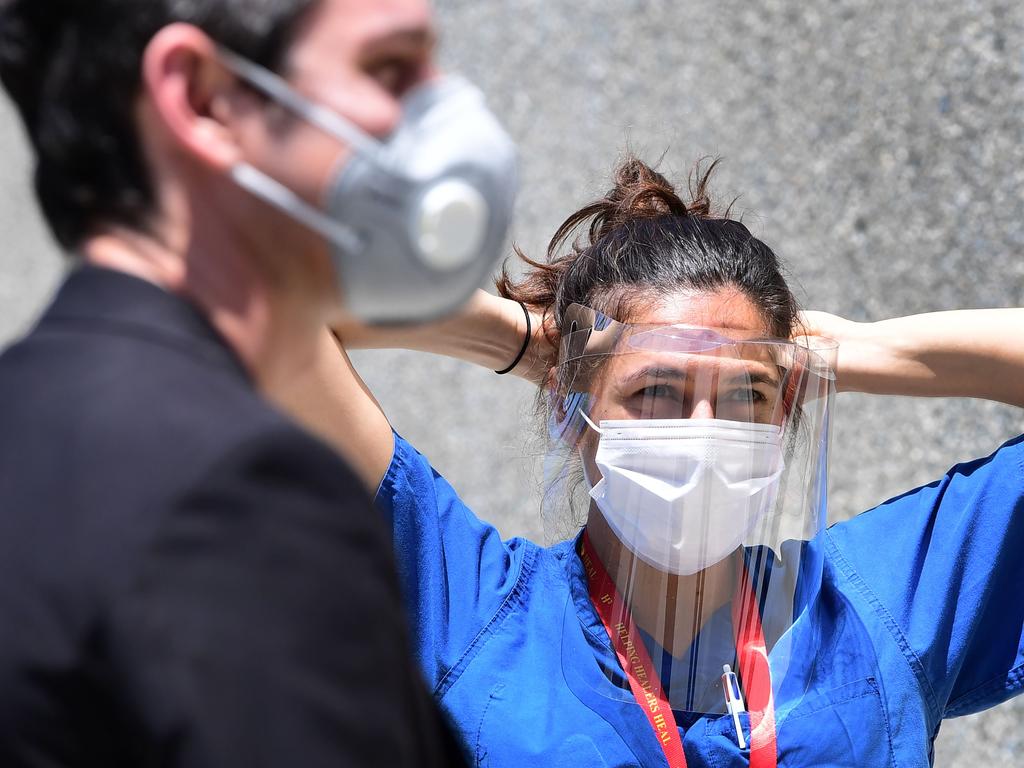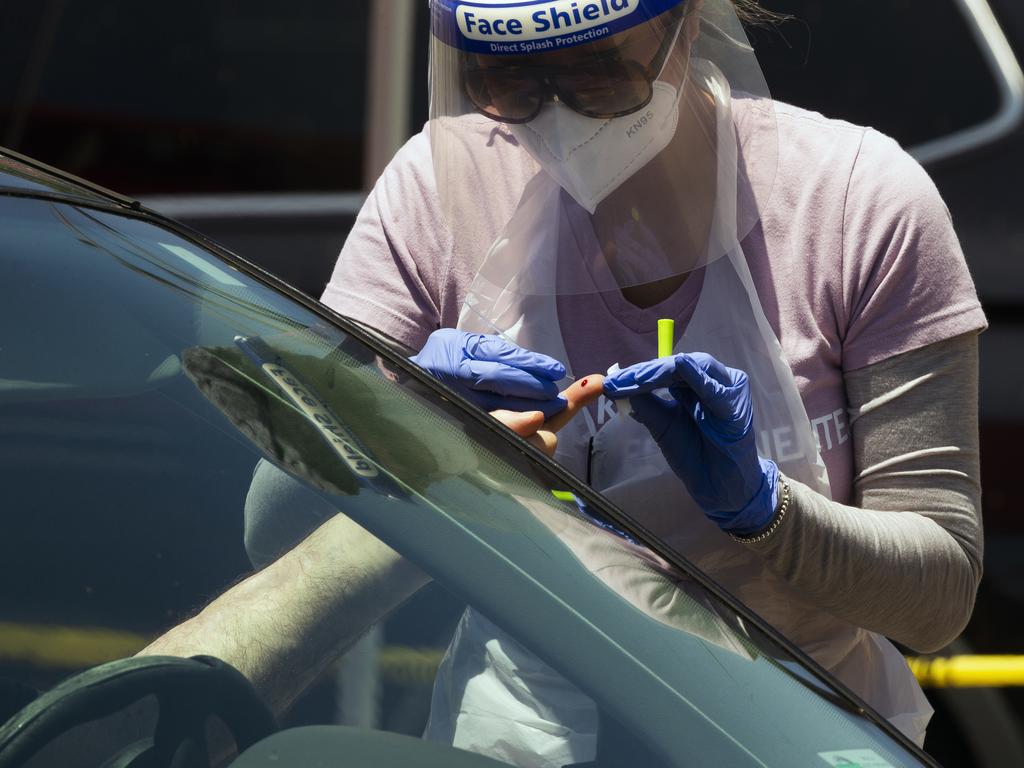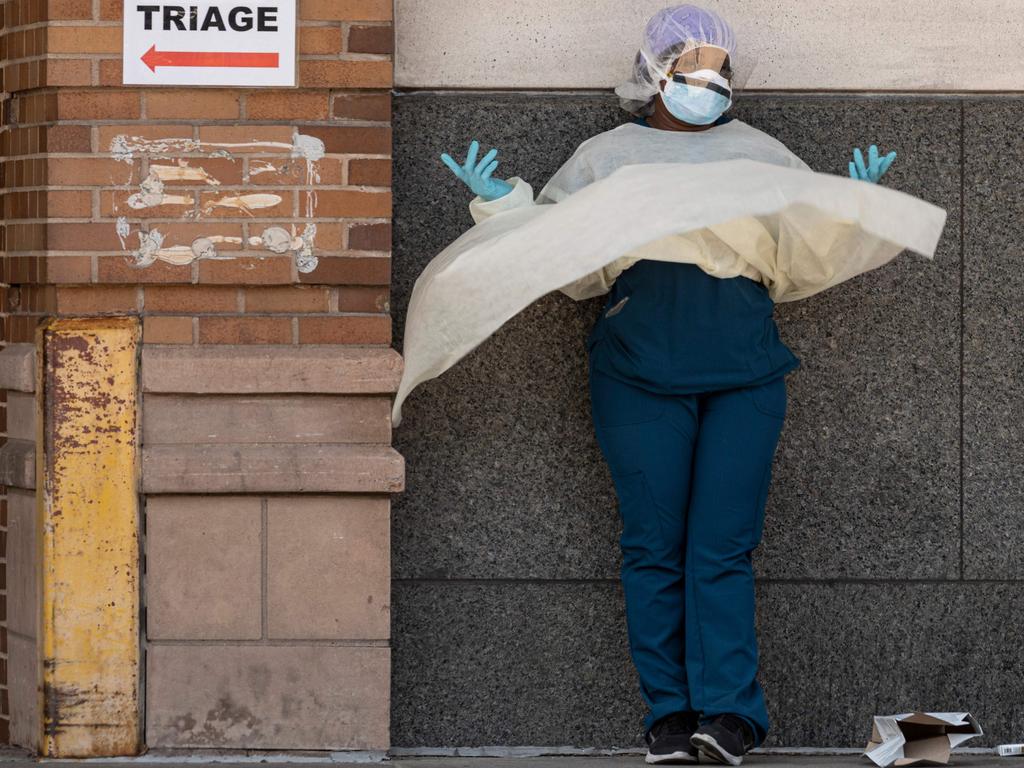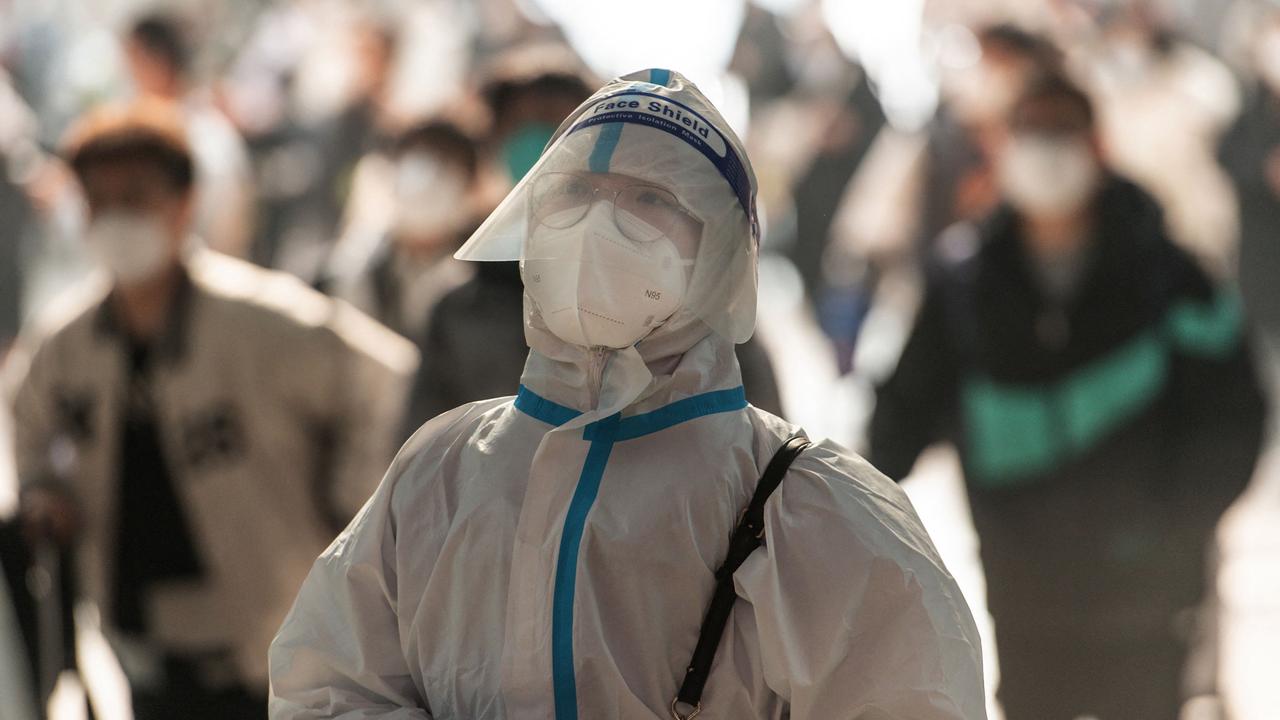Coronavirus California: State where virus is beating lockdowns
Leaders in this US state locked down and locked down hard – but virus numbers still stubbornly continue to rise. So what went wrong?

California seemed to do everything right. It took the COVID-19 pandemic seriously. It locked down its community early. So why do cases there stubbornly continue to rise?
US President Donald Trump was still convinced the virus would evaporate by April when California took its first social distancing measures in February. It was a move that attracted presidential ire.
A state of emergency was declared and a statewide “stay at home” order issued on March 20. At the same time, New York mayor Bill de Blasio was still urging people to “go on with your lives and get out on the town despite coronavirus”.
But, despite putting an early lid on the virus’ spread, California remains on hold three months later.
Clear criteria have been set as triggers for a lifting of lockdown measures.
But they’re not being met.
The rate of infection isn’t falling.
What went wrong?
RELATED: Man gives 52 people virus in 2.5 hours
RELATED: ‘Extreme’ conspiracy killing US faithful

TARNISHED IMAGE
The Golden State is better off than most. Its population is generally wealthier than other states. It has a thriving hi-tech and entertainment-based economy. As a result, hospitals and emergency services are comparatively well funded.
The state acted at a point when there were some 1000 identified cases of COVID-19. Ominously, though, 20 people had already died.
Indications are that the poor US COVID-19 testing regimen had seriously underestimated the extent the pandemic had already spread in California’s community.
It had, unknowingly, already become entrenched.
Initial hopes had the lockdown ending on April 7. But the number of cases continued to grow steadily.
The deadline shifted to the end of April. Then the end of May.
Now there are more than 80,000 recorded cases in the state, and numbers have begun to spike.
Meanwhile, the daily death rate has been sitting steadily at about 70 for several weeks.
But the stay-at-home order has only flattened the epidemic curve. It has not yet begun to wind it back.
That means the measures put in place – and community compliance – have failed to stem the pandemic’s tide. Every person who contracts the disease is still managing to infect about one more.
Things aren’t getting worse in California. But they aren’t getting better, either.
And the pressure is mounting to lift the economic and social lockdown.
RELATED: Data leak exposes China’s virus cover-up
RELATED: Cities struck down as lockdowns lift

QUARANTINE BREACH
California’s “stay-at-home” order is not exceedingly harsh. People are still largely able to move about. And trust is placed in the sick to comply with self-isolation rules.
“As much as possible, stay in a specific room and away from other people and pets in your home,” the US Centres for Disease Control and Prevention (CDC) advises.
“Also, you should use a separate bathroom, if available.”
This doesn’t seem to be happening anywhere near enough.
In fact, the CDC believes about 50 per cent of Californians are still regularly leaving their homes.
University of California epidemiologist Dr George Rutherford told the Los Angeles Times that the cause of the state’s persistent infection rate is clear. It’s because people are still circulating in the community for work, and an increasing number are “fed up” with staying at home.
A study conducted by Dr Rutherford’s San Francisco university campus found 89 per cent of those who tested positive for COVID-19 were required to leave home for work. They also earnt less than $US50,000 ($A77,000) and lived in households of three or more people. Most worked in agriculture, construction, restaurants, grocery stores, domestic and cleaning services.
Meanwhile, Californian officials are expressing alarm at growing crowds at public beaches. One such community, Orange County, has seen a massive spike in cases. Its beaches are now closed.
With the infection rate so high with the lockdown, Dr Rutherford said he fears the outcome of any reopening of the economy.
“Make no mistake … the more the economy opens up, the more people are going to die,” he said. “You have to be really careful to minimise that number and make sure it’s not on the backs of all the poor people who are doing the frontline jobs who are going to get the most exposed.”

ENTRENCHED ENEMY
“Guess what, after November 3 coronavirus will magically all of a sudden go away and disappear, and everybody will be able to re-open,” Eric Trump, son of the US President, recently told Fox News.
He was referring to the date of the US presidential election.
Epidemiologists have said this is extremely unlikely.
Professor of Health Policy and Management at the City University of New York Bruce Lee said the current US death toll of more than 94,000 is just the start.
“Viruses, especially ones that have spread so far and widely as the COVID-19 coronavirus, don’t just magically disappear,” he wrote.
“The risk is trivialising and politicising what is actually a serious public health emergency that won’t just go away like contestants on The Apprentice.”
Instead, he warns, the virus may become endemic. That means it may be so entrenched in some communities that it will not go away unless extreme isolation is enforced – or extensive vaccination applied.
“Even if either were to occur, the virus would not simply suddenly go away,” he said. “Nothing in an epidemic happens overnight, except for maybe the firing of people dealing with the epidemic. Instead, transmission would gradually decrease over time. With the current trajectory, it doesn’t look like this will happen this year.”
Jamie Seidel is a freelance writer | @JamieSeidel




